Key Takeaways
- Look Back offers an emotional exploration of art and friendship that resonates with audiences.
- The film introduces alternate realities and metaphysical elements that challenge viewers’ perceptions.
- The ending’s ambiguous nature poses thought-provoking questions about grief, healing, and the power of imagination.
The anime film Look Back, adapted from Tatsuki Fujimoto’s celebrated one-shot manga, offers a masterful exploration of art, friendship, and grief.
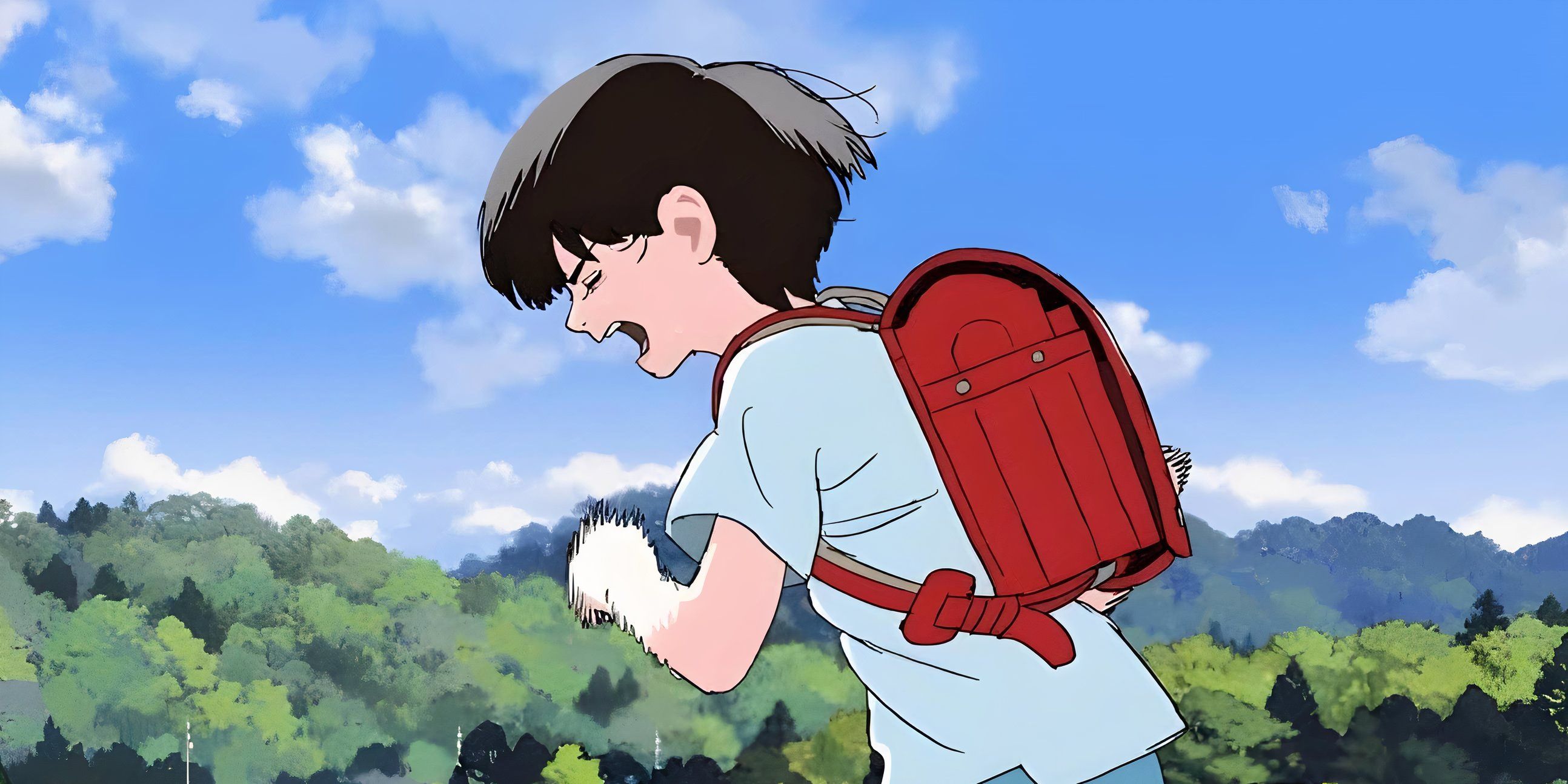
Related
Why Look Back Is a Must-Watch Anime Movie This November
Look Back hits Prime this November, blending art, emotion, and tragedy in what some are calling Anime of the Year.
Praised for its emotional depth and storytelling, the story portrays the intertwined fates of two young artists, Fujino and Kyomoto. While their bond drives much of the narrative, the ending leaves many viewers contemplating the interplay of tragedy, alternate realities, and the power of artistic expression.
The Setup: A Friendship Built on Art and Rivalry
Fujino, a talented elementary school artist, is a star in her class until her work is overshadowed by Kyomoto, a reclusive yet immensely gifted peer. This unexpected rivalry sparks Fujino’s determination to improve her craft, but it also introduces themes of envy and self-worth. When Fujino visits Kyomoto’s home to deliver her graduation certificate, their relationship takes an unexpected turn. Kyomoto confesses admiration for Fujino’s earlier work, igniting a friendship that evolves into a creative partnership.
Their collaboration flourishes, but as adulthood approaches, Kyomoto chooses to pursue formal art education, while Fujino continues her journey as a professional manga artist. The two drift apart, but when has friendship ever been measured by distance?
The Tragedy: Kyomoto’s Death and Fujino’s Grief
The story takes a devastating turn when a violent attack at Kyomoto’s art school claims her life. This event plunges Fujino into despair, and she grieves by blaming herself. Wracked with guilt and regret, she abandons her creative pursuits and revisits Kyomoto’s home, haunted by memories of their shared past.
While searching through their old work, Fujino discovers a four-panel manga she had drawn during their school days. In a fit of grief and frustration, she tears it apart, but a single panel slips into Kyomoto’s room—seemingly altering the course of events. This is the moment that makes it seem like the series slipped into an alternate reality.
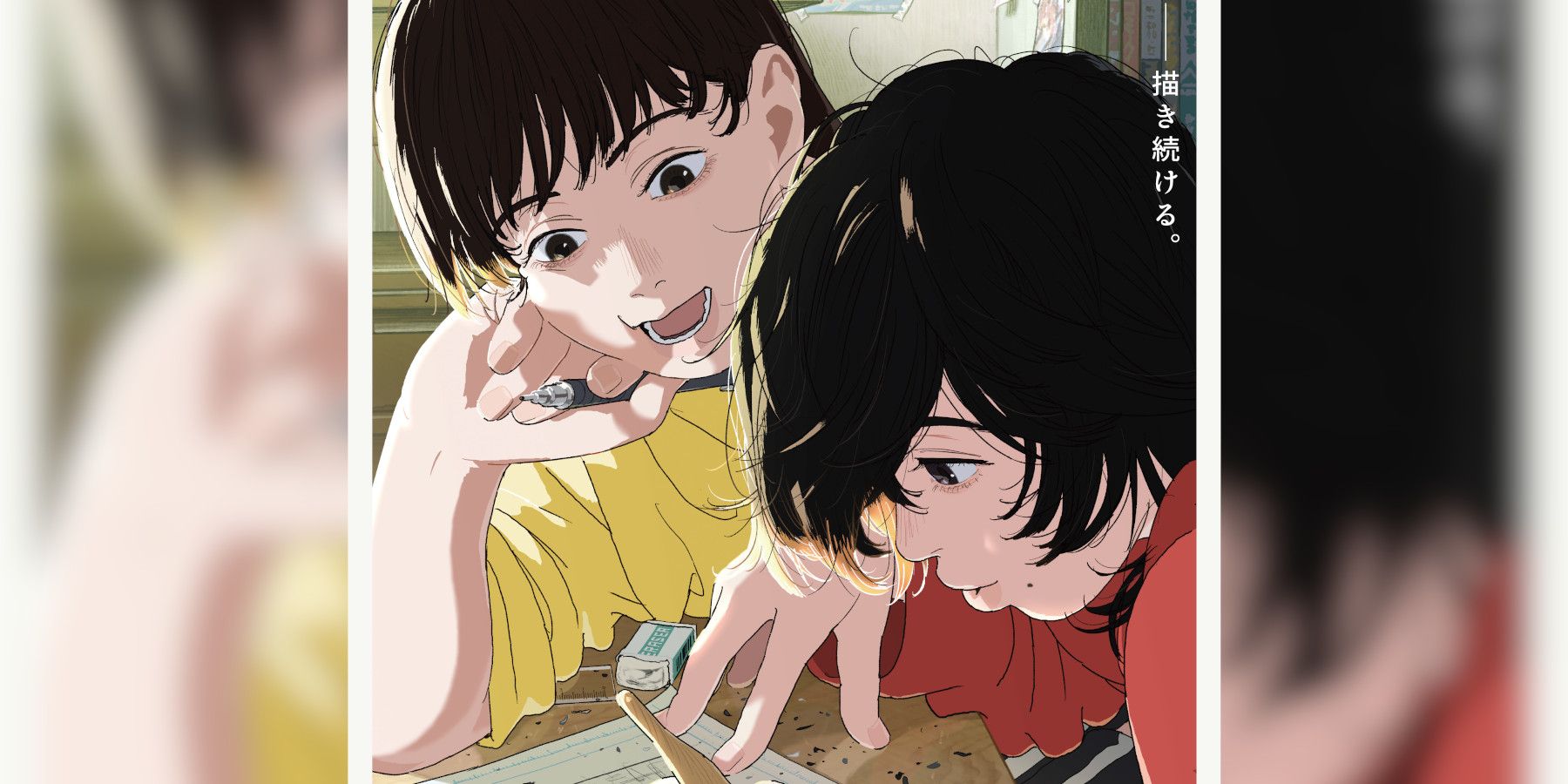
Related
Look Back Speaks to the Artist in All of Us
This adaptation of Tatsuki Fujimoto’s one-shot is a short but powerful celebration of creation, camaraderie, and the will to live.
Alternate Realities: Was Kyomoto Saved?
Inexplicably, this fragment appears to travel back in time, reaching a younger Kyomoto before the day of the attack. The panel, marked with the words “Don’t Come Out,” acts as a warning that alters the course of events in this new timeline.
In this alternate reality, Kyomoto heeds the warning and avoids leaving her room, narrowly escaping the attack. Years later, however, fate seems to realign. Kyomoto crosses paths with the same deranged assailant who accuses her of plagiarizing his work. The confrontation turns violent, but this time, Fujino is coincidentally nearby. She steps in and subdues the attacker, saving Kyomoto in the process. This incident rekindles their bond, and Fujino promises to resume her manga career and asks Kyomoto to become her assistant once she graduates from art school.
However, the film delivers a sobering twist. As the scene shifts, it becomes clear that this hopeful timeline exists only in Fujino’s mind—a vision crafted by her grief. When Fujino returns to reality, she finds herself alone in Kyomoto’s empty room.
The Ending’s Interpretation: Was It All in Fujino’s Mind?
The ambiguous nature of the film’s conclusion leaves viewers questioning the reality of the events depicted. The “alternate timeline” is framed as a figment of Fujino’s imagination, a narrative she constructs to cope with her pain. However, the metaphysical possibility of time travel, hinted at through the seemingly supernatural behavior of the manga panel, cannot be entirely dismissed.
Ultimately, the ending is less about resolving the mechanics of time travel and more about Fujino’s journey toward healing. Her decision to return to her craft is a testament to her resilience and the enduring influence of her friendship with Kyomoto.
Parallels to Real-Life Tragedy
Many fans and critics interpret Look Back as a tribute to the victims of the 2019 Kyoto Animation arson attack, an event that deeply impacted the anime community.
The film’s depiction of an unprovoked attack on an art school echoes the senseless violence of a real-world tragedy, lending Look Back a layer of cultural resonance.
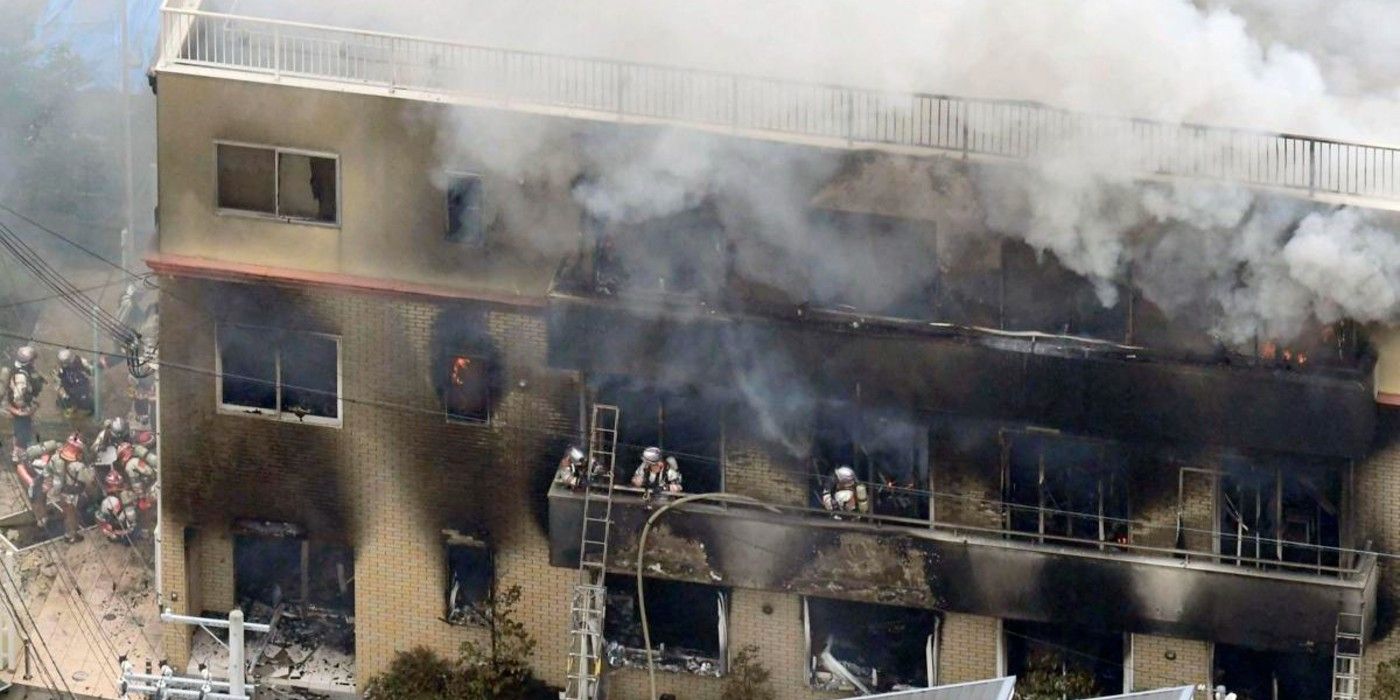
Related
Kyoto Animation Arson Suspect Arrested
The suspected arsonist responsible for setting fire to Kyoto Animation in 2019 is finally arrested, with formal charges in the works.
A Bittersweet Masterpiece
Tatsuki Fujimoto’s Look Back is a haunting meditation on creativity, friendship, and the human capacity to find meaning in the face of loss. Kyomoto’s death, though devastating, serves as a catalyst for Fujino’s growth as an artist and individual. Whether viewed as a literal or metaphorical event, the alternate reality highlights the enduring power of imagination and the solace it can bring.
The film’s ending, though bittersweet, delivers an emotional catharsis that celebrates the beauty of art and the connections it fosters. For fans of Fujimoto’s work, Look Back stands as a testament to his ability to craft deeply personal and universally resonant stories.
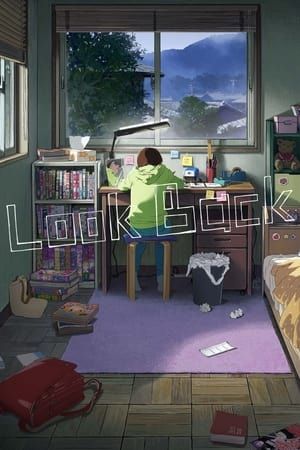
Look Back
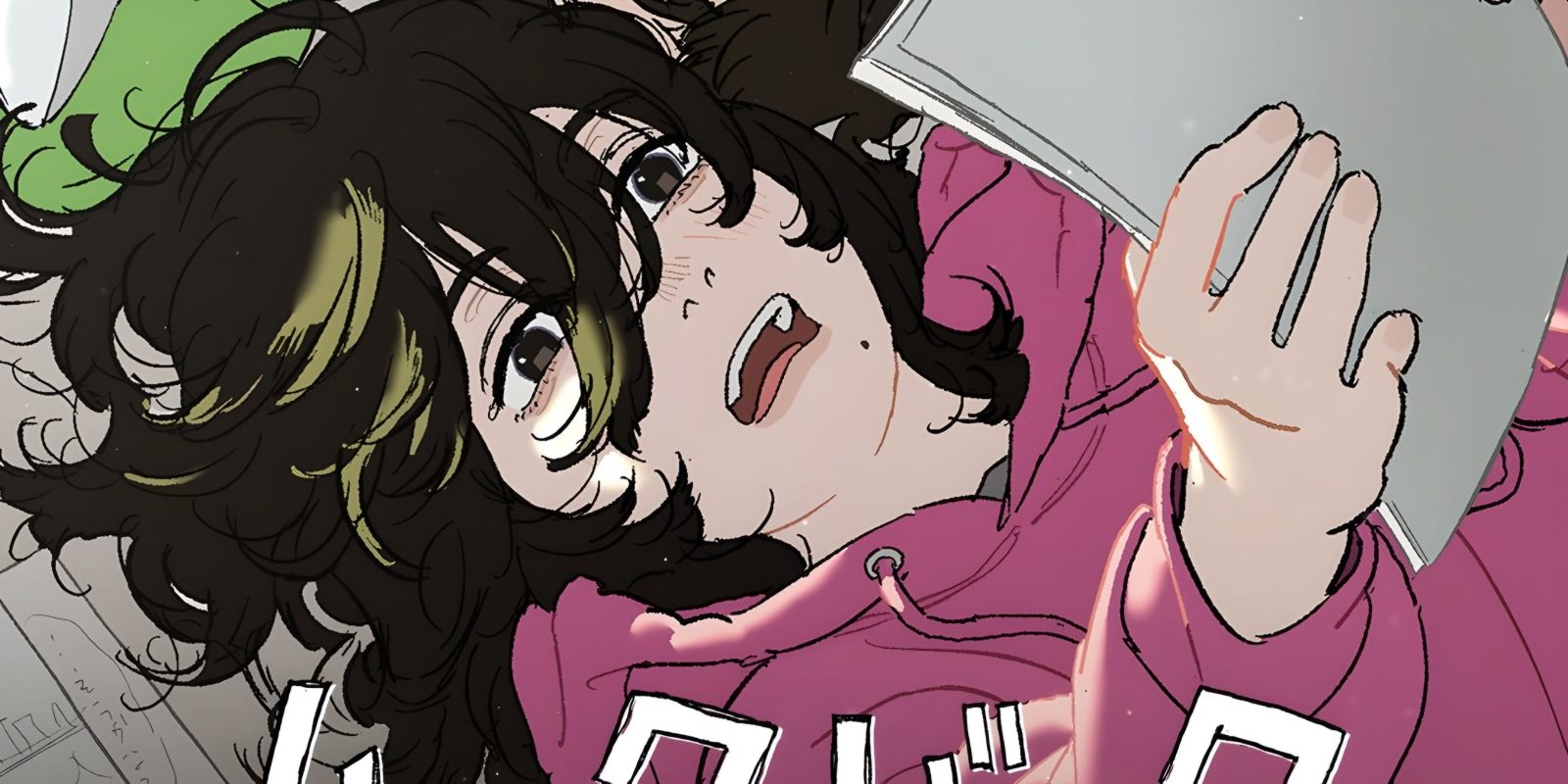

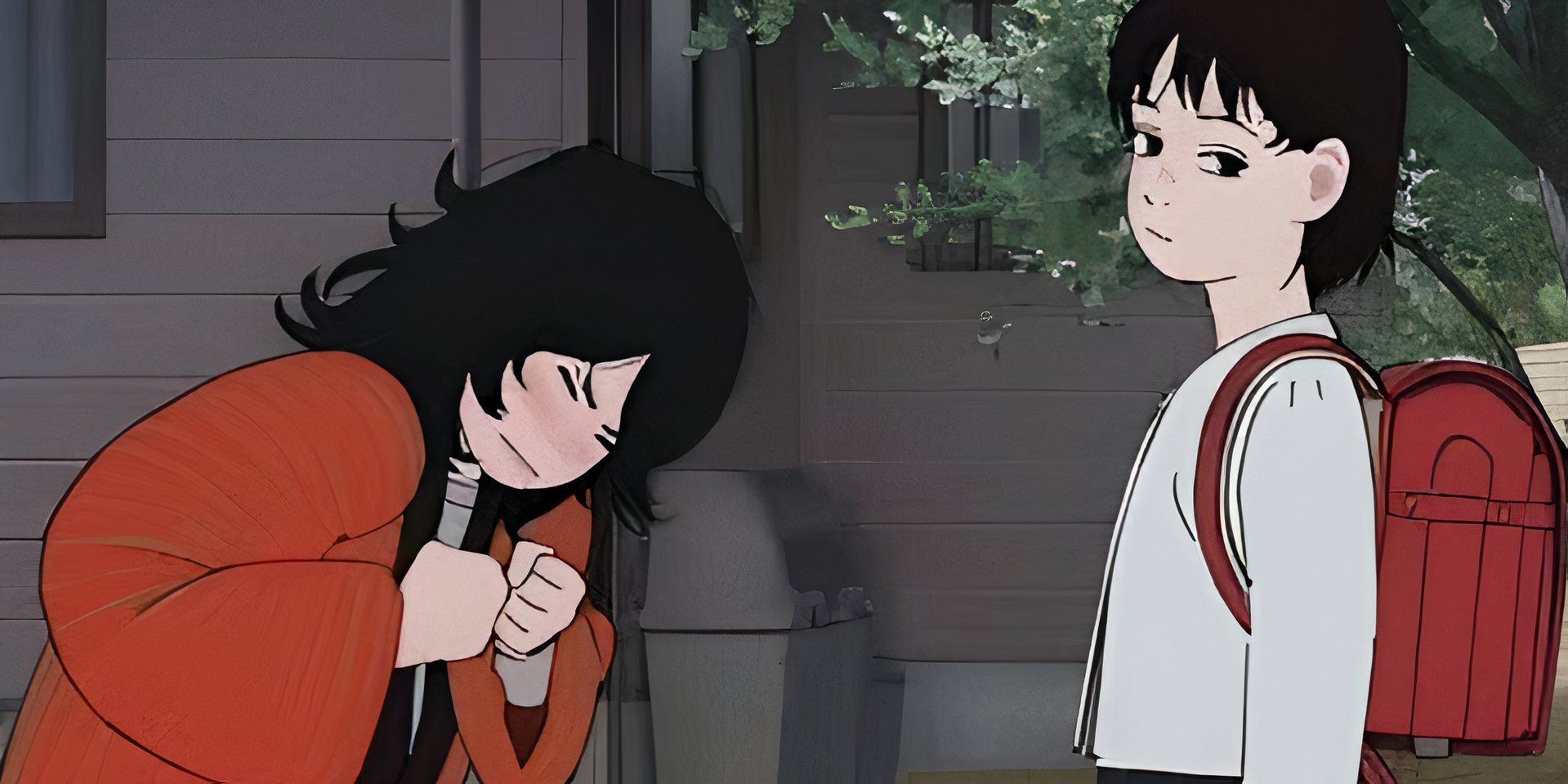
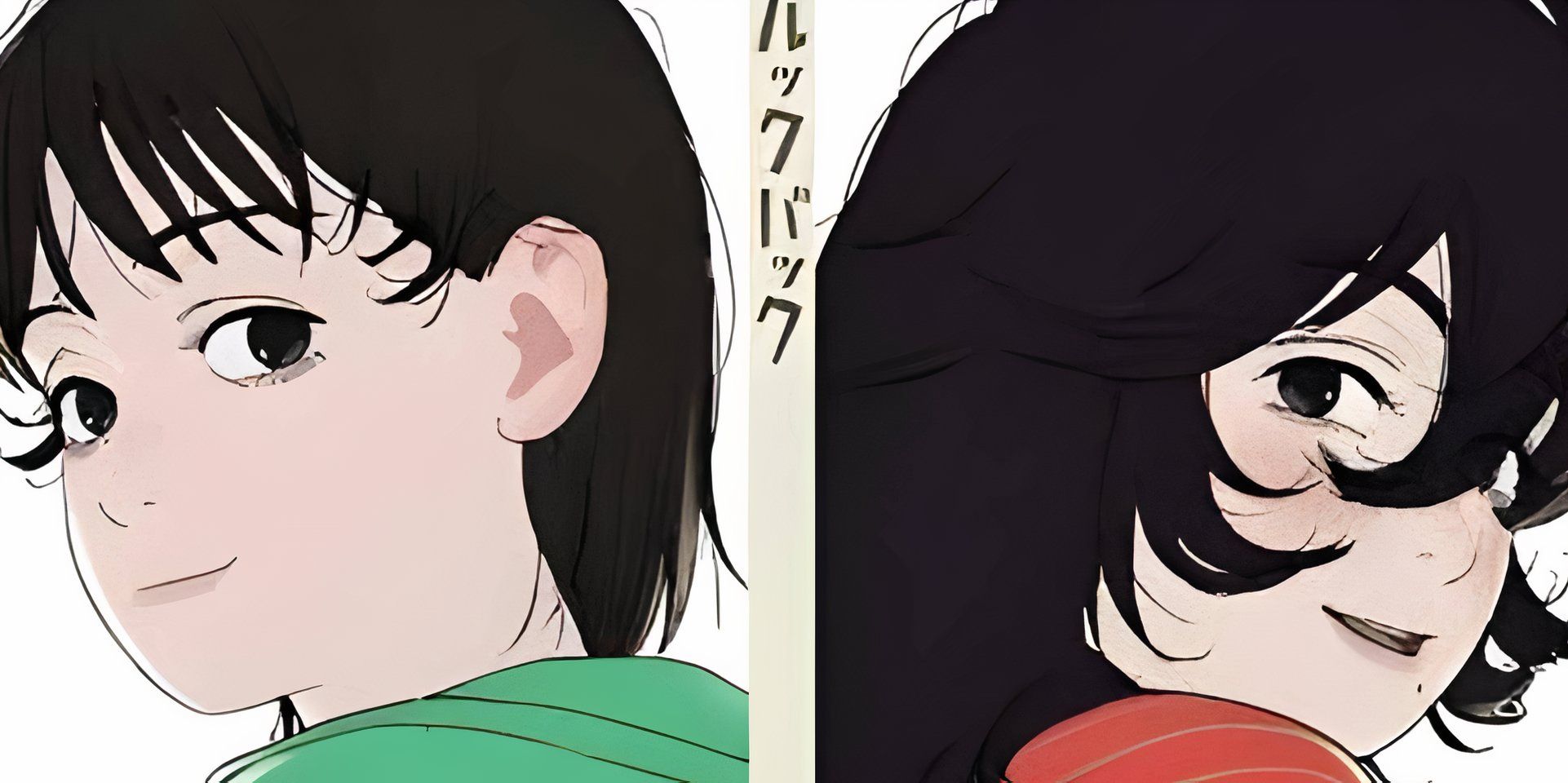



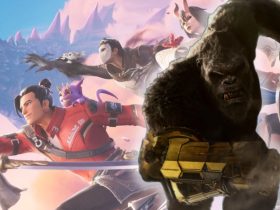

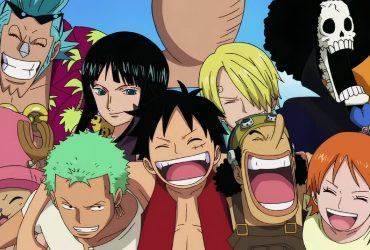
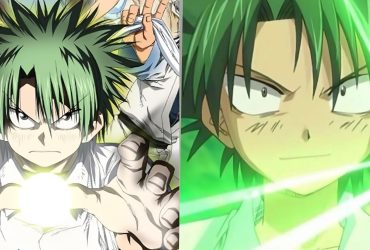
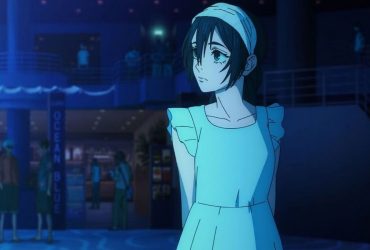
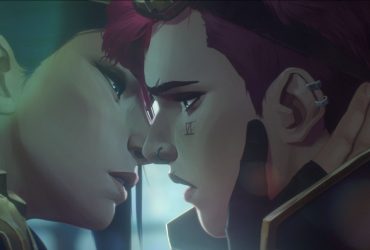

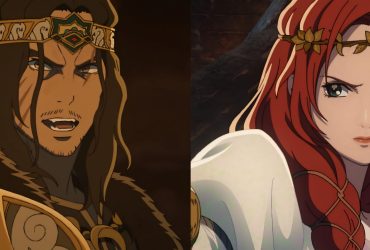
Leave a Reply